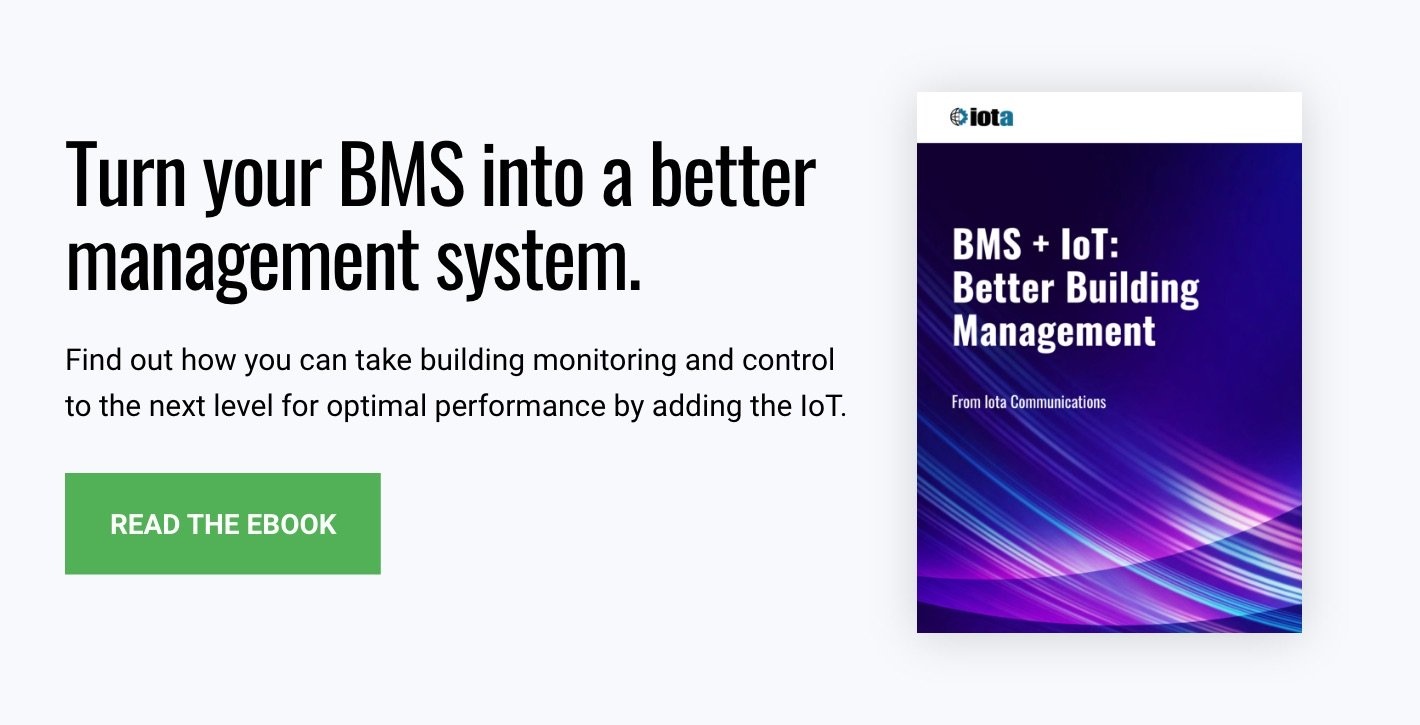Looking for cost-saving measures you can implement at your commercial facility? While there’s no shortage of ways to achieve savings, some methods actually cost money—some don’t. And while approaches to cost-cutting might differ, the end result is almost guaranteed to catch the eye of higher-ups. As one facilities manager notes, “The money that my teams have saved, the millions of dollars, is so noticeable that you can’t help but get respect.”
If you’re wondering what other building managers are doing to reduce facilities management costs, check out the ideas below. (And if you’re looking for some help to cut costs at your facility, talk to us!)
7 Facilities Management Cost-Saving Ideas
1. Make the leap to LED.
Even though the number of LED installations is steadily increasing, adoption is still at only 12.6%. But it’s an excellent way to lower your electric bill: On average, LED lights use at least 75% less energy than incandescent lighting and, according to Energy Manager Today, have the potential to produce a lifetime return on investment of 411% for the average office building. And they are available for all types of fixtures, including shop lights, office light panels, and more. So if you haven’t switched out your old bulbs for LEDs already, it should be at the top of your list for facilities management cost saving initiatives. Mark Luongo of Luongo Electric says his clients are cutting their monthly lighting costs in half, if not more, with this one simple change.
[bctt tweet=”According to Energy Manager Today, LED lights have the potential to produce a lifetime return on investment of 411% for the average office building.” username=”iotacomm”]
To maximize savings in lighting, it is also recommended to install a lighting control system to automatically adjust lighting levels. These types of lighting systems allow complete control and automation of your lighting based on set schedules, occupancy sensors, vacancy sensors, natural light sensors, and dimming control, and are available for both new construction and retrofit applications.
2. Seal the air ducts.
Air ducts distribute air from your HVAC equipment to various areas inside your building. Ducts experience stress and pressure that can cause wear and tear over time, causing air to leak from the system. Ben Garvey of Energy Upgrade California notes that sealing and insulating ducts properly can help reduce up to 20% of a cooling system’s energy consumption.
Regain control over your company’s energy costs with the help of an energy as a service partner. Get this free ebook to find out how an EaaS partner can benefit you.
3. Utilize variable frequency drives on your equipment.
Jeremy Macdonald, Global Head of Energy and Sustainability for ISS Facilities Services, recommends adding variable frequency drives to as many pieces of equipment as possible.
A motor running at partial speed is more energy efficient than one running at full speed; that means significant savings can be had simply by operating those motors more efficiently. One way to do that is with the use of a variable frequency drive (VFD), a type of motor controller that varies the frequency and voltage supplied to an electric motor. VFDs can be used to control the speed of HVAC blower fans, pumps, compressors or anything else. Fans and pumps often operate at partial load; a VFD can change the speed or torque of the motor to control the output of the system, resulting in increased efficiency and energy savings.
4. Pool the costs of multiple facilities.
Bethany Babcock of Foresite Commercial Real Estate says the most effective way to reduce operating costs is to pool those costs and send multiple facilities out to bid each year. You can then use economies of scale to achieve the best prices on electrical, mechanical, maintenance and more.
5. Seek out stable long-term energy costs.
Comparing energy rates can produce facilities management cost savings. If you live in an area where you can choose your energy providers, be sure to compare different providers’ plans, rates, and special conditions. The more you research, the better your chances of closing an affordable—and stable—deal, says Matthias Alleckna, energy analyst at Energyrates.ca. “Choosing fixed rates over floating prices provides you with a predictable budget, protecting you from volatility and unexpected expenses.”
6. Participate in demand response programs.
In some areas, utility companies offer demand response programs, which involves turning off your electricity or lowering your load at peak utility usage times to take advantage of a better rate. (You can read more about how demand charge impacts your utility bill here.) Courtney Lopez of the Utility Hacker blog notes that these programs are worth looking into; it’s simply a matter of looking for electric consultants and utility companies that can help you participate in them.
7. Get a baseline of your current energy consumption.
Before doing any of the above, it’s wise to establish a baseline of your current energy performance and consumption. Doing so will help you better understand your building’s energy use and give you a point of reference to evaluate the impact of your future energy-saving efforts. Macdonald says it’s the first step he takes for all his clients; he then uses the results to help set SMART goals. “It’s ideal,” he says, “when multiple sites can compete against each other for the best savings performance.”
Do you have another facilities management cost saving idea? Tweet us @iotacomm and let us know!


